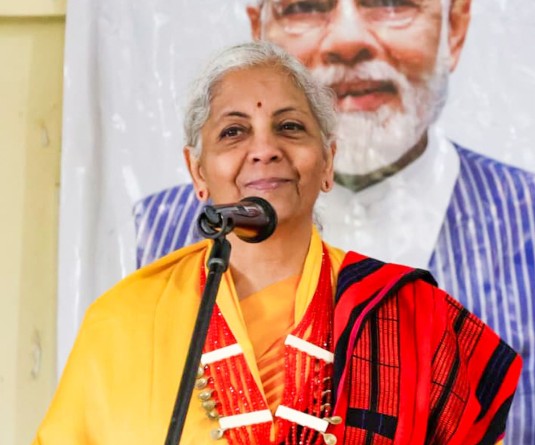
Dimapur, February 7 (MExN): The Agricultural Technology Management Agency (ATMA) Dimapur, Niuland block conducted demonstration programme on the topics ‘Cultivation practices of black pepper’ and ‘Cutting and grafting techniques in tea plants’ at Hozukhe village on February 2.
Dr. RS Patel, Programme Assistant, KVK-ICAR, Jharnapani, who was the resource person, said pepper plant is a perennial woody vine growing up to 4 metres (13 ft) in height on supporting trees, poles, or trellises. Pepper can be grown in soil that is neither too dry nor susceptible to flooding, moist, well-drained and rich in organic matter, it was informed, according to a press release from ATMA.
Trees with rough bark are favored over those with smooth bark as the pepper plants climb rough bark more readily, Dr. Patel further stated, adding the plants bear fruit from the fourth or fifth year and then typically for seven years. He cited that manual labour is required less in black pepper cultivation despite the fact that it is highly profitable and can be intercropped more easily at arecanut plantation fields.
Further, the resource person spoke on grafting or graftage, where tissues of plants are joined so as to continue their growth together. In most cases, one plant is selected for its roots and this is called the stock or rootstock, he explained. The other plant is selected for its stems, leaves, flowers, or fruits and is called the scion or cion.
In stem grafting, a common grafting method, a shoot of a selected, desired plant cultivar is grafted onto the stock of another type. In another common form called bud grafting, a dormant side bud is grafted onto the stem of another stock plant, and when it has inosculated successfully, it is encouraged to grow by pruning off the stem of the stock plant just above the newly grafted bud, the resource person added.






